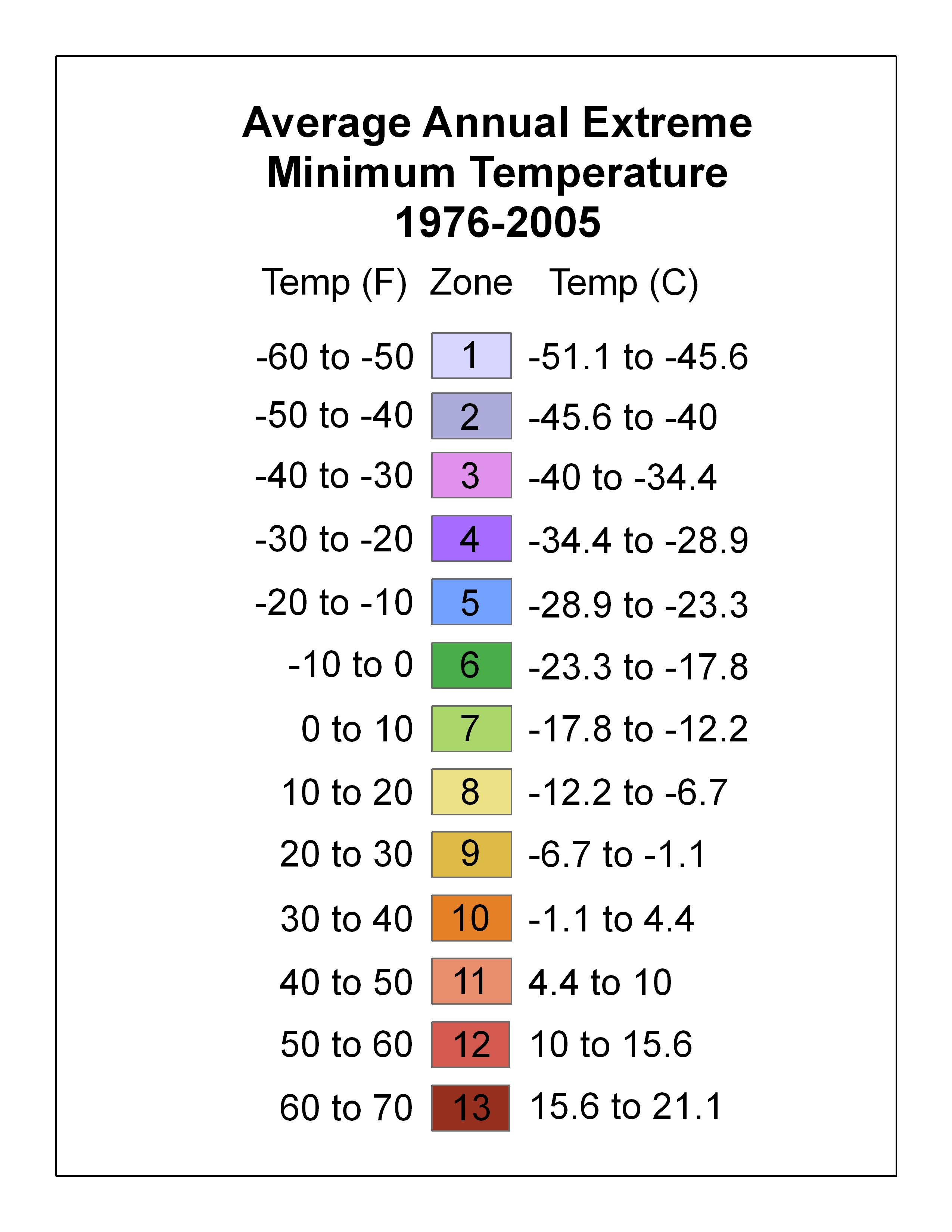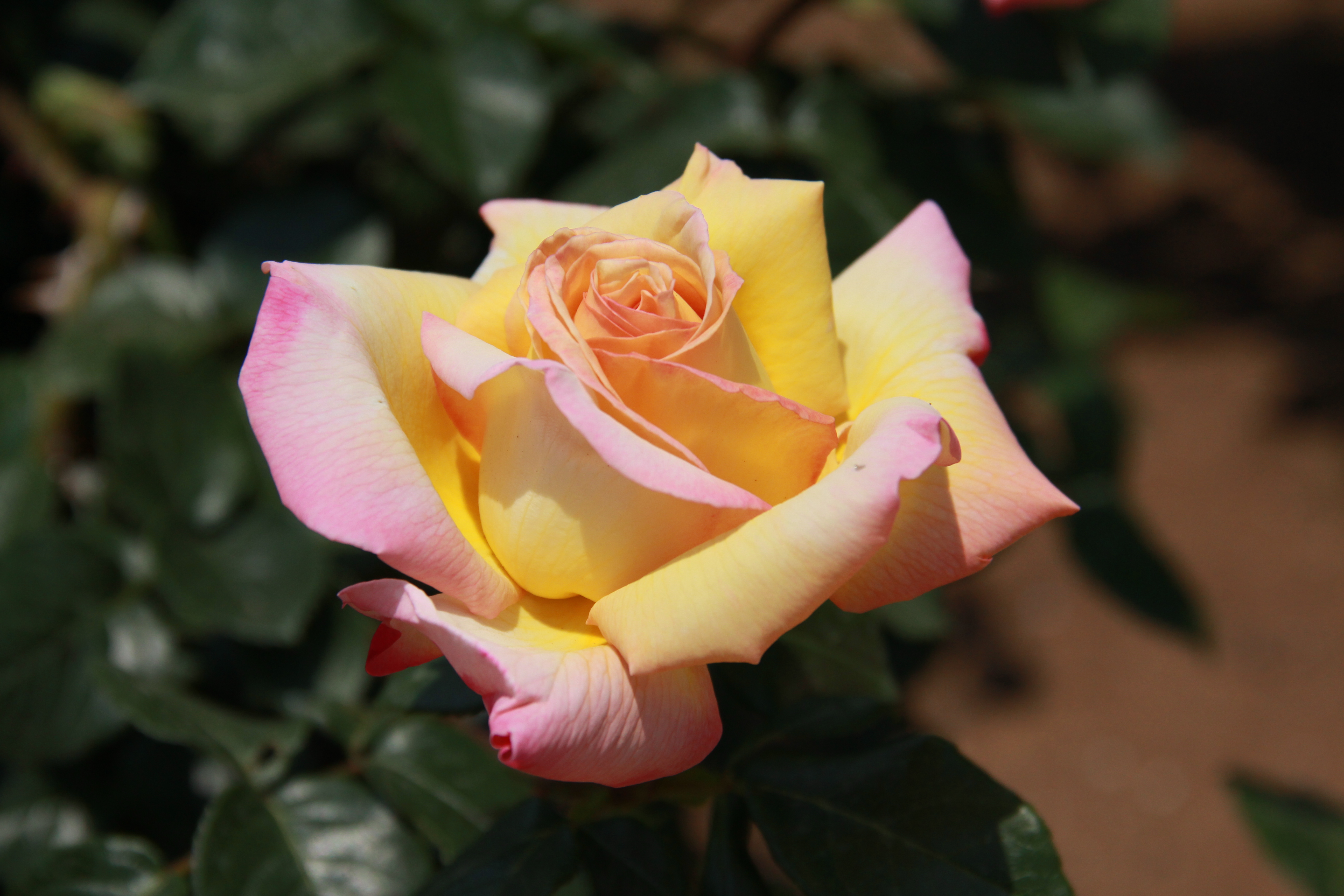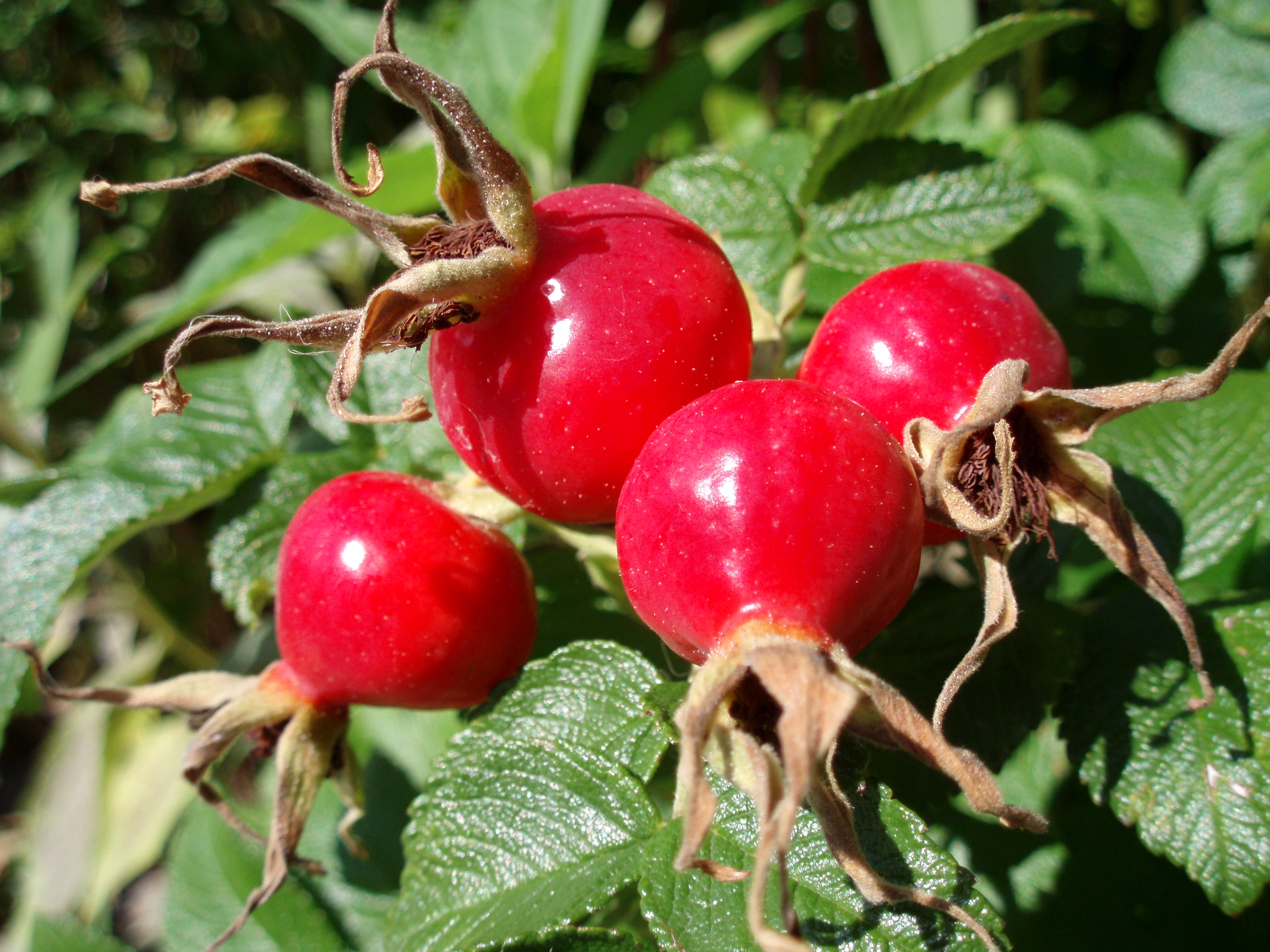|
Parsons' Pink China
''Rosa'' 'Old Blush', also known as 'Parsons' Pink China', 'Old Blush China', 'Old China Monthly', is a China rose (known in Chinese as ''yue yue fen'' "monthly pink") and has been cultivated in China for about a thousand years. It derives from ''Rosa chinensis'', and is generally accepted as the first East Asian rose cultivar to reach Europe. It is recorded in Sweden in 1752 and in England before 1759, but was probably cultivated in China for several centuries. It is believed to be the rose which inspired the song '' The Last Rose of Summer'' by the Irish composer and poet Thomas Moore. It is also known as Parsons' Pink China, named after Mr Parson who introduced it commercially to the UK in 1793. Description 'Old Blush' has light silvery pink semi-double flowers of medium size that darken as they age. They bloom in fives and have a light to strong tea fragrance, a cupped to flat bloom form, and an average diameter of . The red buds appear in clusters almost continuously fr ... [...More Info...] [...Related Items...] OR: [Wikipedia] [Google] [Baidu] |
Rosa Chinensis
''Rosa chinensis'' (), known commonly as the China rose, Chinese rose, or Bengal rose, is a member of the genus '' Rosa'' native to Southwest China in Guizhou, Hubei, and Sichuan Provinces. The first publication of ''Rosa chinensis'' was in 1768 by Nikolaus Joseph von Jacquin in ''Observationum Botanicarum'', 3, p. 7 & plate 55. Description It is a shrub that reaches 1–2 m and grows in hedges or forms thickets. The leaves are pinnate, have 3–5 leaflets, each 2.5–6 cm long and 1–3 cm broad. In the wild species (sometimes listed as ''Rosa chinensis'' var. ''spontanea''), the flowers have five pink to red petals. The fruit is a red hip one to two cm in diameter. The strong branches have a smooth purplish-brown bark, and there may be many to no curved, stocky, flat spines. The alternately-arranged leaves, 12 to 27 cm long, are pinnately divided. The petiole and the rachis are sparsely spiny, with glandular hairs. The leaf blades usually have t ... [...More Info...] [...Related Items...] OR: [Wikipedia] [Google] [Baidu] |
USDA Zone
A hardiness zone is a geographic area defined as having a certain average annual minimum temperature, a factor relevant to the survival of many plants. In some systems other statistics are included in the calculations. The original and most widely used system, developed by the United States Department of Agriculture (USDA) as a rough guide for landscaping and gardening, defines 13 zones by long-term average annual extreme minimum temperatures. It has been adapted by and to other countries (such as Canada) in various forms. A plant may be described as "hardy to zone 10": this means that the plant can withstand a minimum temperature of . Unless otherwise specified, in American contexts "hardiness zone" or simply "zone" usually refers to the USDA scale. However, some confusion can exist in discussing buildings and HVAC, where "climate zone" can refer to the International Energy Conservation Code zones, where Zone 1 is warm and Zone 8 is cold. Other hardiness rating schemes have been ... [...More Info...] [...Related Items...] OR: [Wikipedia] [Google] [Baidu] |
Rosa 'Blush Noisette'
''Rosa'' 'Blush Noisette is a light pink Noisette rose introduced by Phillipe Noisette (Charleston, South Carolina) around 1815. It was one of the first Noisette roses, and over time has been called by a multitude of names, including ''Rosa'' × ''noisettiana'', 'Rosier de Philippe Noisette', 'Noisette de l'Inde, 'Blush Cluster', or 'Noisette Carnée' (French for ''Flesh-coloured Noisette''). According to the RHS Encyclopedia of Roses, the cultivar is mostly called 'Blush Noisette' in America, and otherwise known as 'Noisette Carnée'. 'Blush Noisette' arose as a seedling from the light pink rose hybrid 'Champney's Pink Cluster', introduced by Champneys around 1811 (synonym 'Champneyana'), and was the first frost-hardy climber flowering repeatedly, giving the cultivar importance as a parent rose. The dainty, cupped, semi-double to double flowers appear solitary and in tight clusters on long, smooth stems. They have a diameter of up to with up to 35 petals. Their colour changes ... [...More Info...] [...Related Items...] OR: [Wikipedia] [Google] [Baidu] |
Musk Rose
''Rosa moschata'', the musk rose, is a species of rose which has been long in cultivation. Its wild origins are in southern Iran to Afghanistan. Description ''Rosa moschata'' is a shrub growing to . The prickles on the stems are straight or slightly curved and have a broad base. The light- or greyish-green leaves have 5 to 7 ovate leaflets with small teeth; the veins are sometimes pubescent and the rachis bears prickles. The stipules are narrow with spreading, free tips. Small, ovate fruits called hips are borne, turning orange-red in autumn. The single white flowers are wide and grouped in a loose cyme or corymb, blooming on new growth from late spring until late autumn in warm climates, or from late summer onwards in cool-summer climates. The sepals are 2 cm long with slender points. The flowers have a characteristic musky scent emanating from the stamens, which is also found in some of its descendants. Similar species This species has historically been confused wit ... [...More Info...] [...Related Items...] OR: [Wikipedia] [Google] [Baidu] |
Réunion
Réunion (; ; ; known as before 1848) is an island in the Indian Ocean that is an overseas departments and regions of France, overseas department and region of France. Part of the Mascarene Islands, it is located approximately east of the island of Madagascar and southwest of the island of Mauritius. , it had a population of 896,175. Its capital and largest city is Saint-Denis, La Réunion, Saint-Denis. Réunion was uninhabited until French immigrants and colonial subjects settled the island in the 17th century. Its tropical climate led to the development of a plantation economy focused primarily on sugar; slaves from East Africa were imported as fieldworkers, followed by Malays, Annamite, Vietnamese, Chinese, and Indians as indentured laborers. Today, the greatest proportion of the population is of mixed descent, while the predominant language is Réunion Creole, though French remains the sole official language. Since 1946, Réunion has been governed as a regions of France, ... [...More Info...] [...Related Items...] OR: [Wikipedia] [Google] [Baidu] |
Garden Roses
Garden roses are predominantly Hybrid (biology), hybrid roses that are grown as ornamental plants in private or public gardens. They are one of the most popular and widely cultivated groups of flowering plants, especially in temperate climates. An enormous number of garden cultivars has been produced, especially over the last two centuries, though roses have been known in the garden for millennia beforehand. While most garden roses are grown for their flowers, often in dedicated rose gardens, some are also valued for other reasons, such as having ornamental fruit, providing ground cover, or for hedge, hedging. The cultivars are classified in a number of different and overlapping ways, generally without much reference to strict botany, botanical principles. Taking overall size and shape, the most common type is the bush rose, a rounded plant from 2 foot up to about 7 foot tall, above which height roses generally fall into the "'climbing and rambling'" class, the latter spreading wi ... [...More Info...] [...Related Items...] OR: [Wikipedia] [Google] [Baidu] |
World Federation Of Rose Societies
The World Federation of Rose Societies (WFRS) is an umbrella association of (as of 2015) 39-member countries' national rose societies. Although founded in 1968 in London by 8 constituent countries' rose societies, the WFRS did not have a first meeting until 1971, held in New Zealand. The WFRS maintains or oversees: a Rose Hall of Fame as well as an Old Rose Hall of Fame (an entry in which has been characterised as an honour "as coveted as Michelin's four stars" for rose aficionados); a World Rose directory; a Rose Locator Database targeting the location of rose cultivar A cultivar is a kind of Horticulture, cultivated plant that people have selected for desired phenotypic trait, traits and which retains those traits when Plant propagation, propagated. Methods used to propagate cultivars include division, root a ...s; a Breeder's Club; a "garden of excellence" award; the selection of "world's favourite rose" by vote of delegates of its member-countries; a World Rose Show held ev ... [...More Info...] [...Related Items...] OR: [Wikipedia] [Google] [Baidu] |
Rose Hall Of Fame
The Rose Hall of Fame contains roses considered world favourites by a vote of members of the World Federation of Rose Societies. Inductees are announced every three years at World Rose Conventions. Additionally, popular historical roses and roses of genealogical importance are inducted in the Old Rose Hall of Fame. List of Hall of Fame roses List of Hall of Fame old roses See also * ADR rose * List of Award of Garden Merit roses * All-America Rose Selections References External links {{DEFAULTSORT:Rose Hall Of Fame Lists of cultivars Plant awards Halls of fame in England ... [...More Info...] [...Related Items...] OR: [Wikipedia] [Google] [Baidu] |
Prickle (botany)
In plant morphology, thorns, spines, and prickles, and in general spinose structures (sometimes called ''spinose teeth'' or ''spinose apical processes''), are hard, rigid extensions or modifications of leaves, roots, stems, or buds with sharp, stiff ends, and generally serve the same function: physically defending plants against herbivory. Description In common language, the terms are used more or less interchangeably, but in botanical terms, thorns are derived from shoots (so that they may or may not be branched, they may or may not have leaves, and they may or may not arise from a bud),Simpson, M. G. 2010. "Plant Morphology". In: ''Plant Systematics, 2nd. edition''. Elsevier Academic Press. Chapter 9.Judd, Campbell, Kellogg, Stevens, Donoghue. 2007. "Structural and Biochemical Characters". In: ''Plant Systematics, a phylogenetic approach, third edition''. Chapter 4. spines are derived from leaves (either the entire leaf or some part of the leaf that has vascular bundles inside, ... [...More Info...] [...Related Items...] OR: [Wikipedia] [Google] [Baidu] |
Garden Roses
Garden roses are predominantly Hybrid (biology), hybrid roses that are grown as ornamental plants in private or public gardens. They are one of the most popular and widely cultivated groups of flowering plants, especially in temperate climates. An enormous number of garden cultivars has been produced, especially over the last two centuries, though roses have been known in the garden for millennia beforehand. While most garden roses are grown for their flowers, often in dedicated rose gardens, some are also valued for other reasons, such as having ornamental fruit, providing ground cover, or for hedge, hedging. The cultivars are classified in a number of different and overlapping ways, generally without much reference to strict botany, botanical principles. Taking overall size and shape, the most common type is the bush rose, a rounded plant from 2 foot up to about 7 foot tall, above which height roses generally fall into the "'climbing and rambling'" class, the latter spreading wi ... [...More Info...] [...Related Items...] OR: [Wikipedia] [Google] [Baidu] |
Rose Hip
The rose hip or rosehip, also called rose haw and rose hep, is the accessory fruit of the various species of rose plant. It is typically red to orange, but ranges from dark purple to black in some species. Rose hips begin to form after pollination of flowers in spring or early summer, and ripen in late summer through autumn. Propagation Roses are propagated from rose hips by removing the achenes that contain the seeds from the hypanthium (the outer coating) and sowing just beneath the surface of the soil. The seeds can take many months to germinate. Most species require chilling (Stratification (botany), stratification), with some such as ''Rosa canina'' only germinating after two winter chill periods. Uses Rose hips are used in bread and pies, Hagebuttenmark, jam, Fruit preserves#Jelly, jelly, marmalade, syrup, rose hip soup, soup, herbal tea, tea, Fruit wine#Rose hip wine, wine, and other beverages. Rose hips can be eaten raw, like berries, if care is taken to avoid the h ... [...More Info...] [...Related Items...] OR: [Wikipedia] [Google] [Baidu] |








